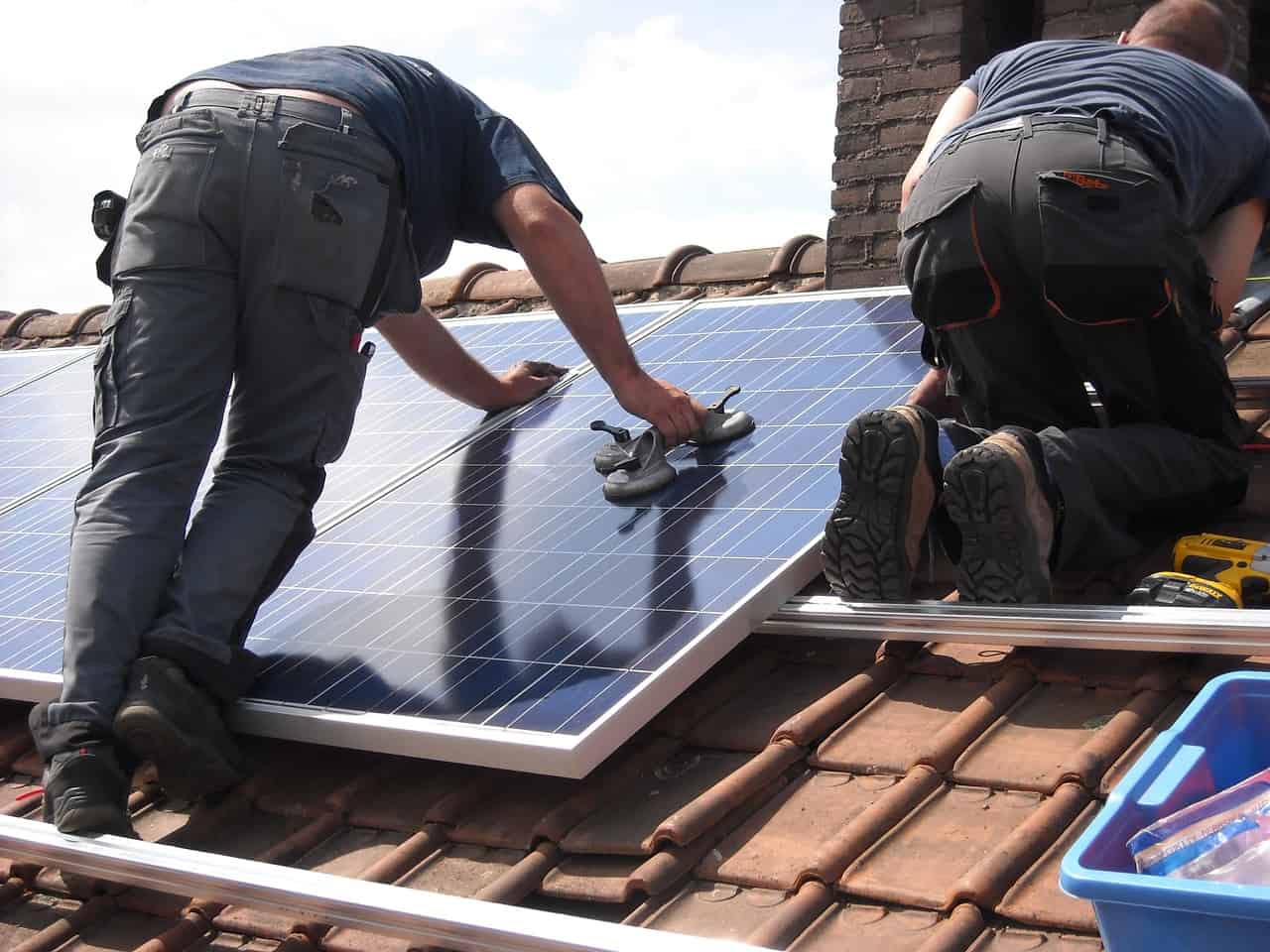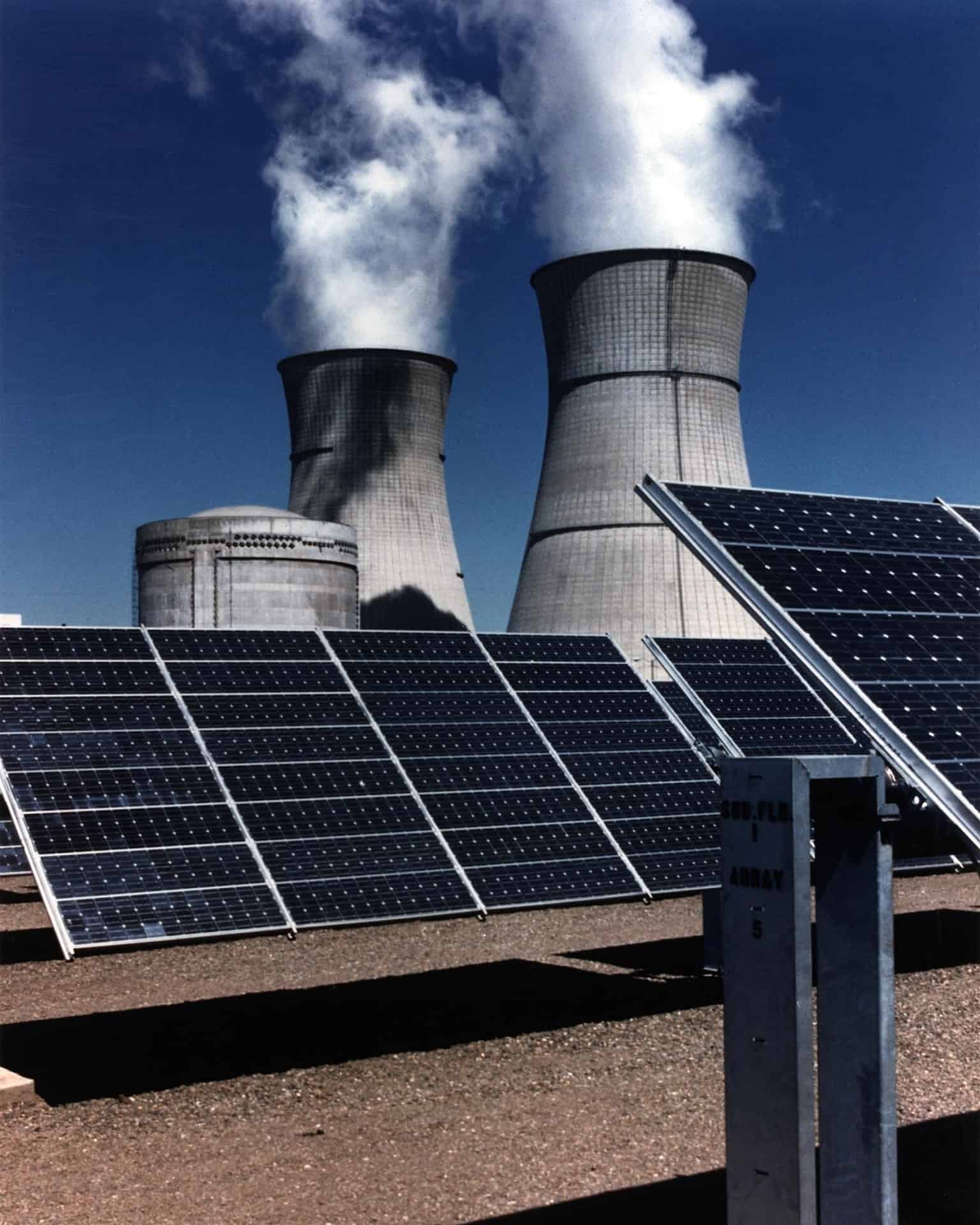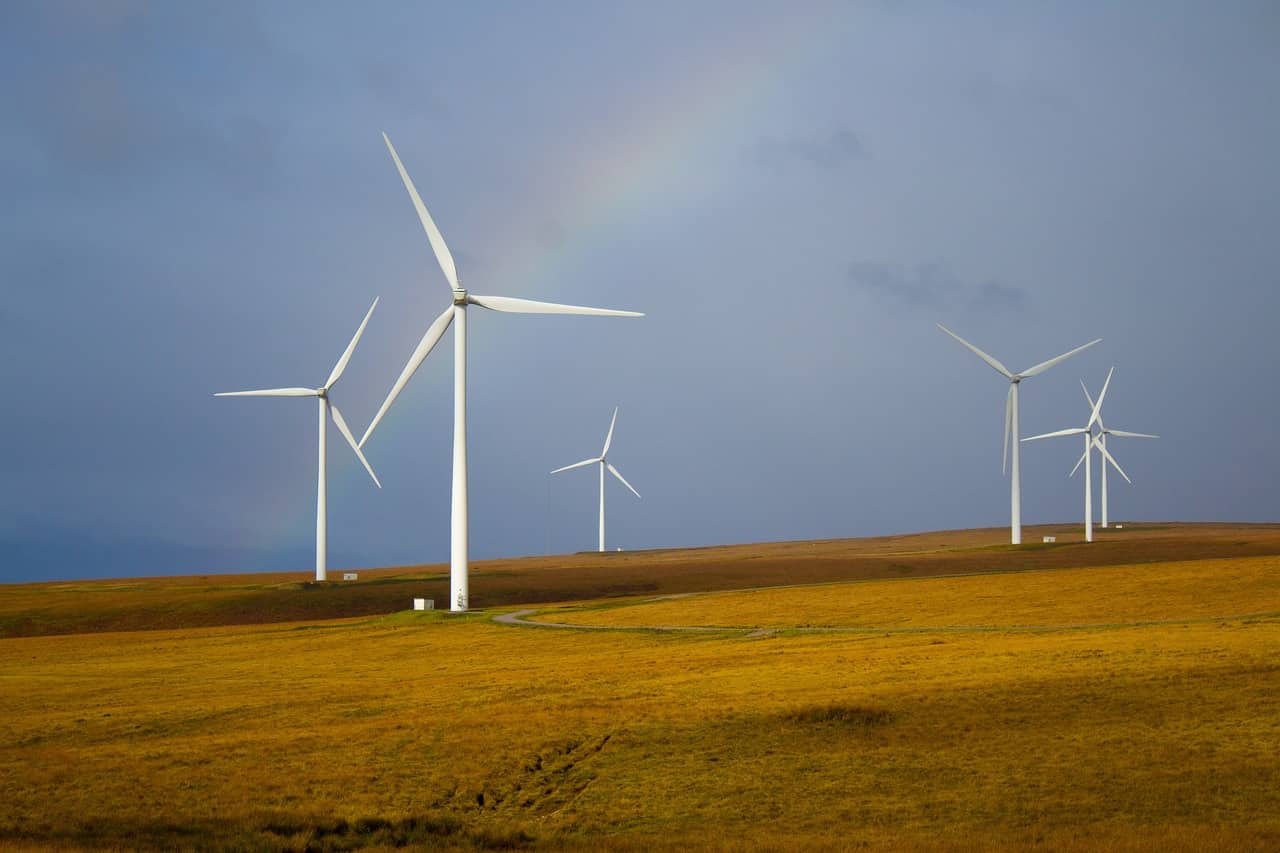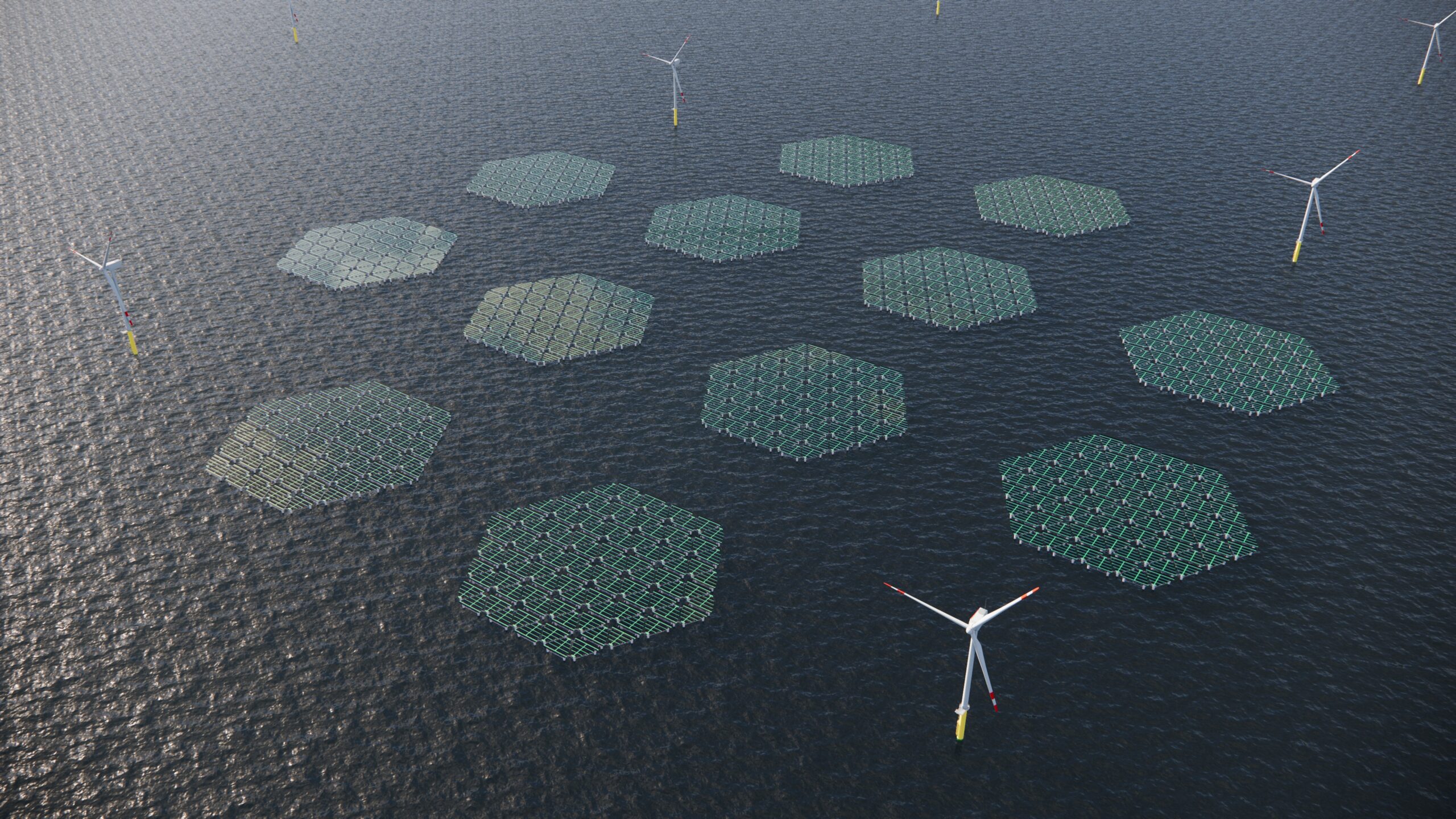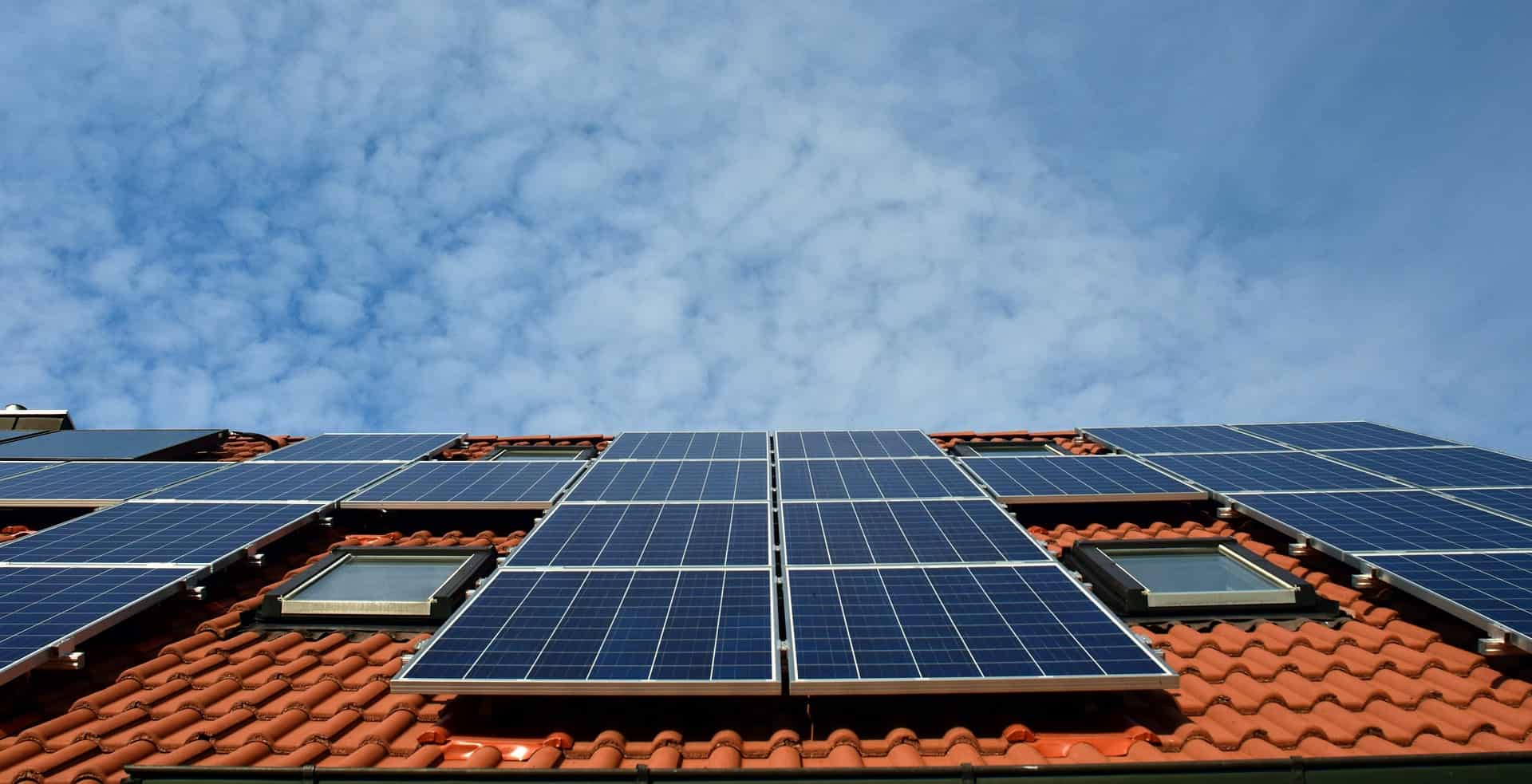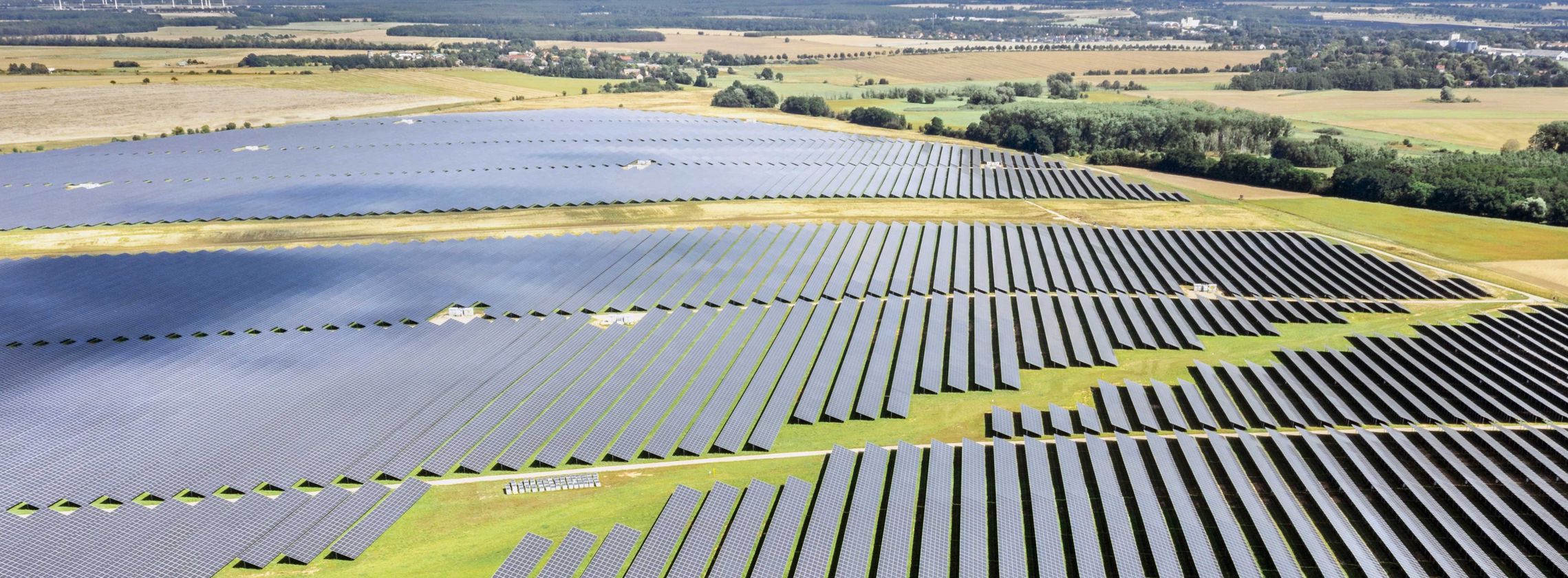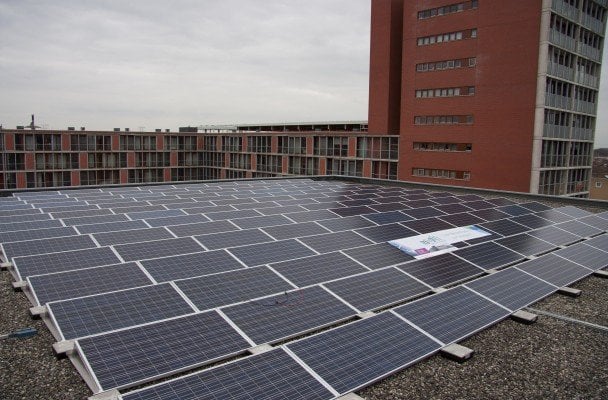
The European Commission wants to “massively scale up” the amount of renewable energy in the European Union. With the help of a huge investment budget totalling no less than 300 billion euros, the goal of no longer importing fossil fuels from Russia by 2030 should be achieved.
The plan proposed by European Commissioner Frans Timmermans has been dubbed RePowerEU. The Dutchman launched the initiative in early March, shortly after the start of the war in Ukraine. Today, the European Commission announced the price tag of the project and what should be done with that money.
The plan mainly involves making a lot of money available to drive private initiatives. In addition, some legislative renewable energy targets are being sharpened and the rules of the game for the so-called Corona Recovery Fund are changing.
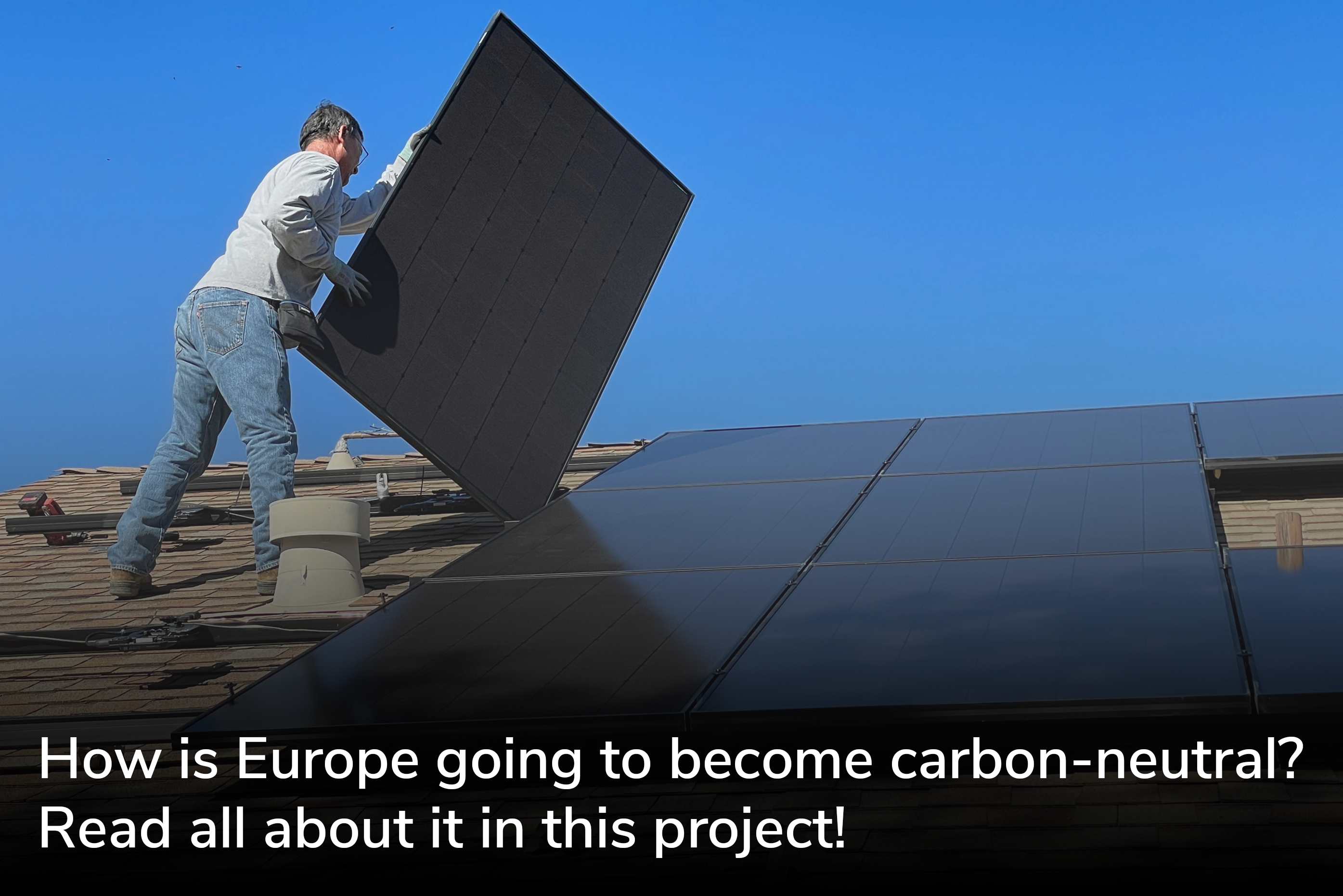
More solar, wind and biogas
As soon as three years from now, the Commission wants Europe to have more than twice as much solar power generation than it does at present. By 2030, the total capacity for generating solar energy should have expanded to 600 GW.
One of the steps taken to achieve this is the gradual introduction of a legal obligation to install solar panels when renovating roofs. However, to avoid substituting the reliance on imports from Russia with reliance on China, European politicians want to invest in an ‘innovative’ industry for the manufacture of solar panels.
Other than that, Timmermans’ plan is raining billions all over the place. The Commissin is prepared to invest 113 billion euros of public money into the creation of renewable industries and the expansion of hydrogen infrastructure. A total of 56 billion euros is being made available for the mass installation of heat pumps in households. While another 41 billion euros is slotted for energy conservation in industry. The main European energy grid is to be given a shot in the arm to the tune of 29 billion euros.
The European Commission wants to allocate a spectacular 37 billion euros to farmers so that they can invest in manure fermentation. Timmermans has high expectations for the generation of this kind of biogas from manure, known as biomethane, which is to replace natural gas on a grand scale as a fuel in situations where other sources of heat are not an alternative.
New targets
All these plans and projects stand or fall on the question of whether companies and citizens are willing to get involved. The billions from Brussels serve as a lever to attract a lot more private investment.
But in addition to spurring on private investment with public money, the Commission is rolling out a number of formal measures as well. For example, the statutory target for the proportion of renewable energy in 2030 is going up from 40 percent to 45 percent. What is remarkable is that sustainability is being given a legally protected status. Renewable energy will from now on be considered to be ‘of overriding public interest’.
Also, procedures to quickly build more new parks for solar and wind energy are to be simplified and consequently go faster. The Commission proposes to designate so-called ‘go to’ areas in each member state. These should be areas where projects can be quickly realized without causing too much environmental damage and with shortened procedures. A digital map should help member states find such areas.
Loans and more emission rights
The vast majority of the billions in government investment is to come from the Corona Recovery Fund. This is a fund that was established in 2020 to deal with the economic consequences of the corona pandemic. It originally constituted 723 billion euros. This is money that the member states collectively borrowed on the capital markets and made available to the member states in part as loans and in part as grants from Brussels.

The Corona Recovery Fund still has 225 billion euros in unused loans. This is money that the member states have not yet claimed for a variety of reasons. Timmermans proposes to free up that money now for investment in his RePowerEU.
“If member states don’t use it, then we should be able to put it to good use. We’ve got no time to waste!” he says.
What is ironic is that, apart from that, part of the money needed to green the European economy even faster is coming from the sale of additional CO2 emission rights under the emissions trading scheme. Timmermans wants to auction 20 billion euros worth of extra carbon emission rights in the short term. This is not about new rights, but about issuing rights earlier that would otherwise have come onto the market in about five years’ time.
When asked if making more emission rights available does not contradict the goal of reducing CO2 emissions, he said that the total amount of carbon emission rights that will be on the market in 2030 will remain in line with the goals set out in the climate plans. “So, there won’t be any disruption,” Timmermans says.
It is now up to the member states
Apart from the binding statutory changes that the Commission is proposing and which must be formally approved by member states and the European Parliament, the vast majority of the plan is ‘non-binding.’ That means the Commission is free to make the proposals, but also has precious few hands to force member states to actually make the investments sought.


